Mutation means a sudden phenotypic change in a character of an individual, not due to crossing or segregation of an alteration in the macro-molecule of DNA (where it remains open, whether the alteration leads to a change in gene function or not). It also means the augmentation of genetic material through nucleotide or gene copies, through additional individual chromosomes, as well as through the multiplication of whole genomes towards polyploidy.
Plant breeding requires genetic variation of useful traits for crop improvement. Often, however, desired variation is lacking. Mutagenic agents, such as radiation and certain chemicals, then can be used to induce mutations and generate genetic variations from which desired mutants may be selected. Therefore, mutation breeding means: (1) The phenotypic alteration, and (2) The various underlying molecular and numerical changes. But in any case, a mutation has to be phenotypically expressed to be selectable, all other mutations are only of scientific interest.
The present book includes the chapters like: Mutation: General Concepts, Mutation: The Molecular Basis, Mutation: Variation in Chromosome Number and Structure, Plant Breeding Using Mutations, Induced Mutations, Induced Mutation and Plant Breeding, Techniques of mutation Breeding, Plant Biotechnology, Mutation and Breeding, Somaclonal and Gametoclonal Variant Selection, Techniques of Induced Mutation and New Cultivars Developed by Mutation Breeding. In the end Selected References have been appended.


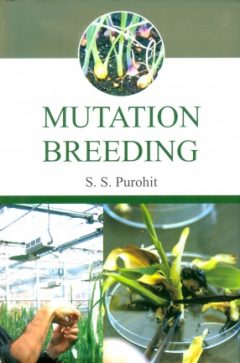
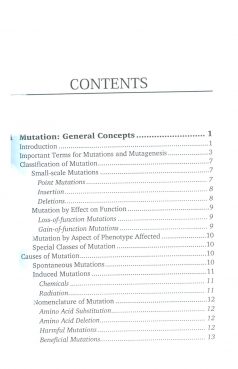
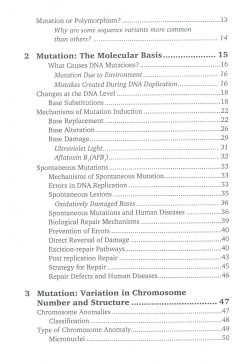
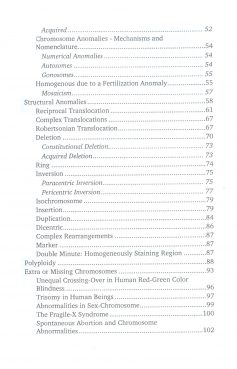
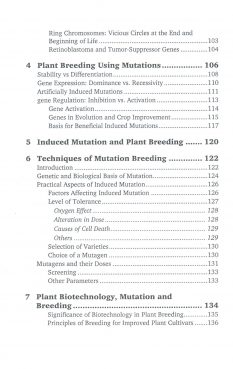
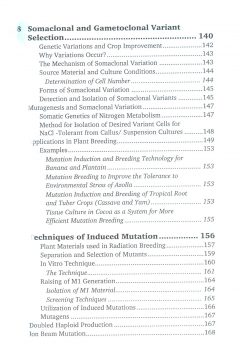
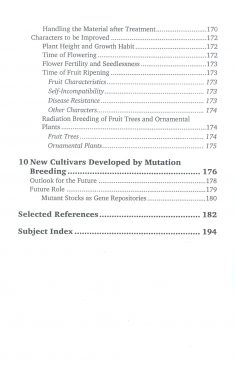
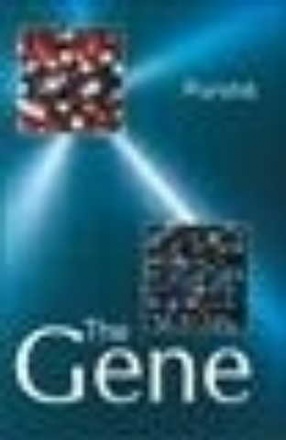

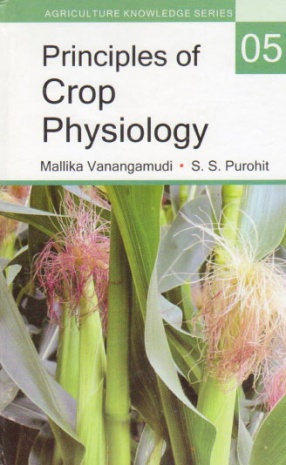

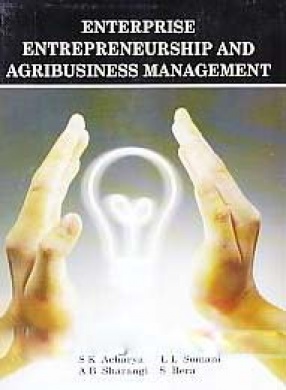
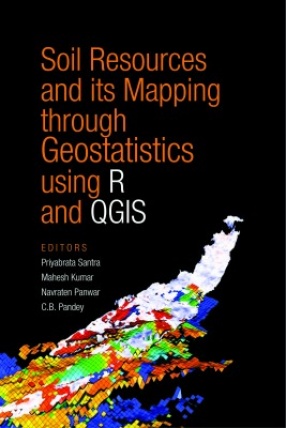
There are no reviews yet.